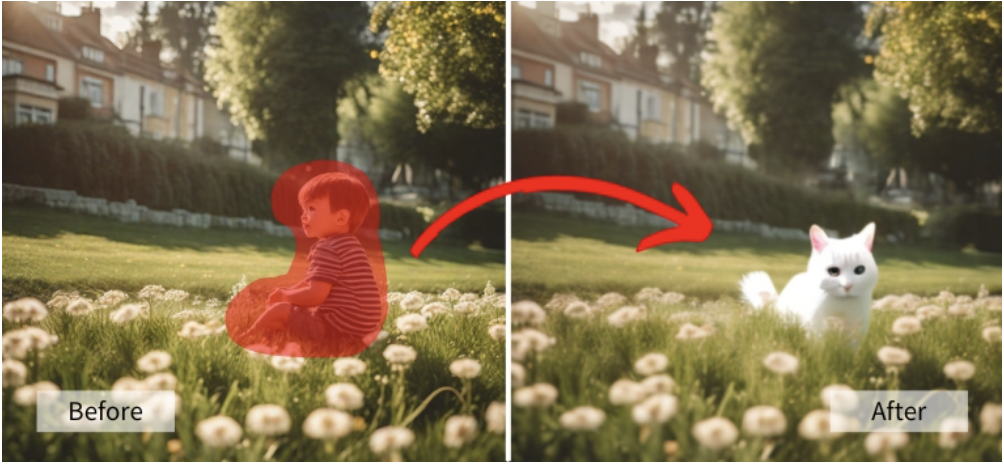Stable Diffusion Inpainting Online
Stable Diffusion Inpainting is a deep learning model that can generate realistic images from text input. It can also inpaint images by using a mask.
Primary applications of Stable Diffusion Inpaint
Stable Diffusion Inpainting stands out as an advanced and effective image processing technique for restoring or repairing missing or damaged parts of an image. Its applications include film restoration, photography, medical imaging, and digital art.

Difference between InPaint and outpaint in Stable Diffusion
Where outpainting is the technique whereby we fill out or extend the area around an image, inpainting fills in the missing areas of an image. A great example of outpainting is the extended image of the Mona Lisa shown above. Both techniques can further enhance the possibilities text-to-image generators provide.

FAQ About Stable Diffusion Inpaint
Do you have a question about Stable Diffusion Inpaint? We've got the answers you need.
What is Stable Diffusion Inpainting, and how does it operate?
How does Stable Diffusion Inpainting fix missing or damaged image areas?
What are the primary applications of Stable Diffusion Inpainting?
- Fixing flawed parts of an image
- Modifying an image according to specific requirements
Can Stable Diffusion be used for tasks other than inpainting?
- Outpainting (removing features from an existing image)
- Generating image-to-image translations guided by a text prompt